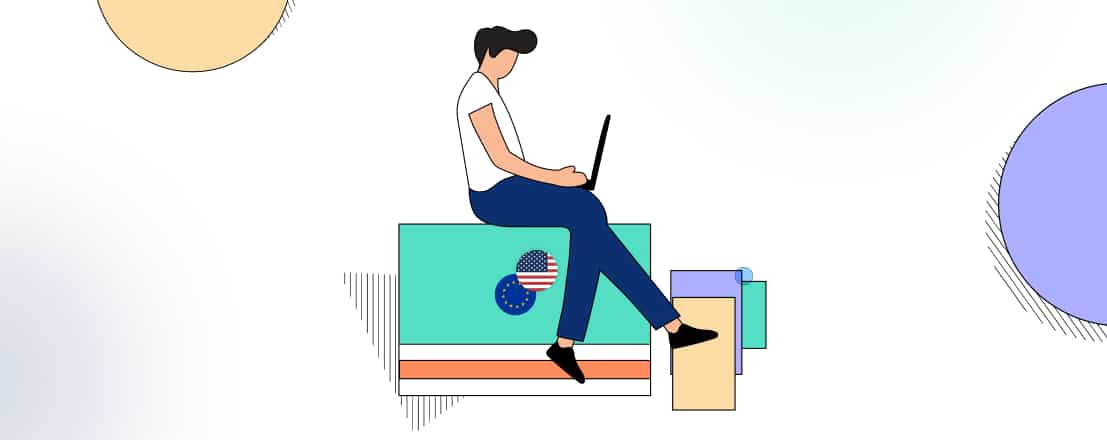The Forex Market Explained
Learn everything there is to know about the Forex market, get an understanding of lot sizes and margins. Read our full guide here.

Introduction
Forex is short for “foreign exchange.” Remember cash? The paper we used to use before bank cards took over and we stopped going to the shops in person. Each country has its own version of cash, called a “currency.”
The United States uses the dollar and the United Kingdom uses the pound sterling. Traveling between the two countries means you need to change one for the other. Or “exchange” one “foreign” currency for the other. Ten points to whoever guesses where that happens!
Forex Market Size
The foreign exchange is the largest financial market in the world. Every day, a staggering $6.6 trillion is traded in forex. Financial firms and banking institutions, payment companies, investment funds and individual traders, all go to the currency market where foreign currency is exchanged.
FX traders use the foreign exchange to invest their money in the hope of making more. Everything is relative, and in the FX market, there are strong currencies and weak currencies. As a forex trader, you are essentially betting one currency against the other in the hope of making a profit.
Forex Market Structure
You cannot jump in a taxi and ask the driver to take you to “the” forex market. The Foreign Exchange is a global marketplace. Millions of market participants, including banks, companies, and individual traders transfer currencies at different prices in forex or “FX trading.” Unlike the stock exchange, the foreign exchange is decentralized. This means that there is no fixed price per currency. You can shop around for quotes from different currency dealers and get the best price.
Forex Market Trading Hours
The four pillars of the forex network are New York, Tokyo, London, and Sydney. These financial powerhouses all have a different time zone, so the foreign exchange market runs 24 hours a day. You can trade forex all day – but you won’t make money when the market isn’t moving. FX trading is busiest around certain business hours, and this is where the big bucks get made. Essentially, the foreign exchange is broken up into three peak “trading sessions”:
- Tokyo/Asian
- London/European
- New York/North American
(We didn’t forget Sydney, but the fourth “Sydney Session” is often omitted as it falls in the same time zone as Tokyo/Asia). Each session has its own open and close times based on local business hours. The times will vary around the year due to DST (Daylight Saving Time). During certain hours, the London and New York time zones overlap. With two FX markets open simultaneously, these are unsurprisingly the busiest hours for trading.
How Does Forex Trading Work?
This is the million-dollar (or in this case, the 6.6 trillion-dollar) question! Forex traders exchange currency pairs. FX traders can be everyone from your major banks and hedge funds to your average Joe on his home PC. There are lots of different ways to trade forex, including through futures, options, and the spot market. If you want to try trading currency pairs, the first thing you will need is a forex broker.
Trade FX Pairs with TradeOR
Entering the world of Forex trading can be exciting but also daunting. Don’t pick the first broker you come across but do your research. You will want a broker who will let you trade forex pairs on a safe and easy-to-use platform. Look for brokers who offer tools to help you play the markets.
Take TradeOr, for example. This online platform lets you trade FX pairs and buy and sell stocks, cryptocurrencies, and Bitcoin. The platform is user-friendly with integrated tools like TradingView to help you understand the markets and trade with the right information at your fingertips. Best of all, TradeOr charges 0% commission and offers their clients around-the-clock customer support.